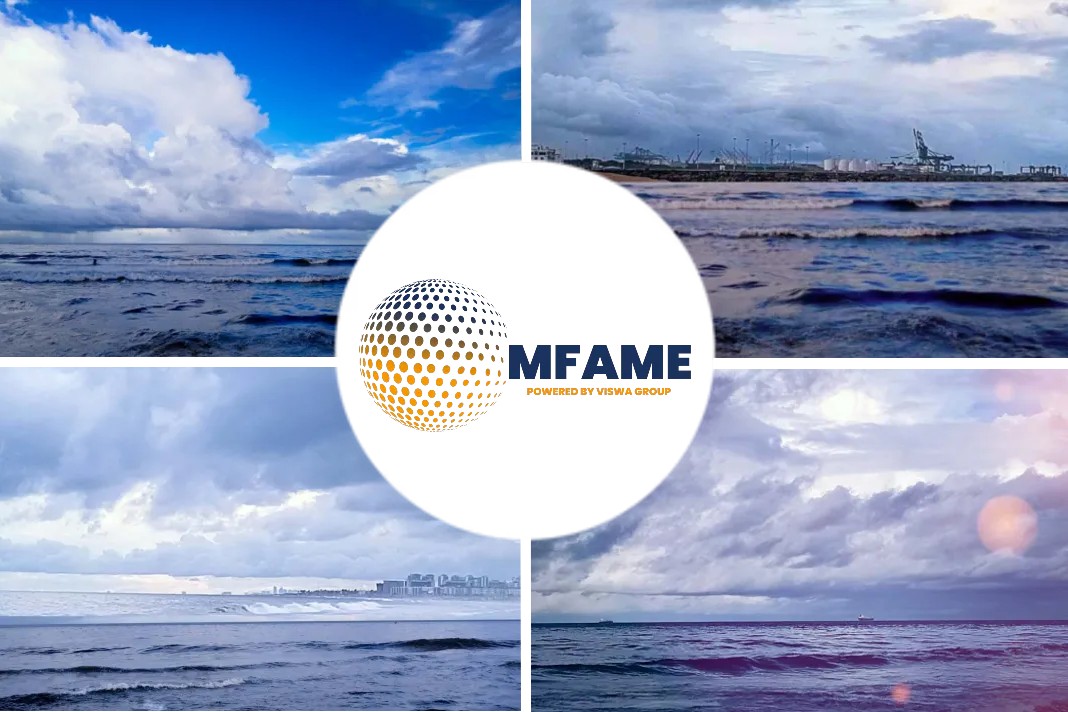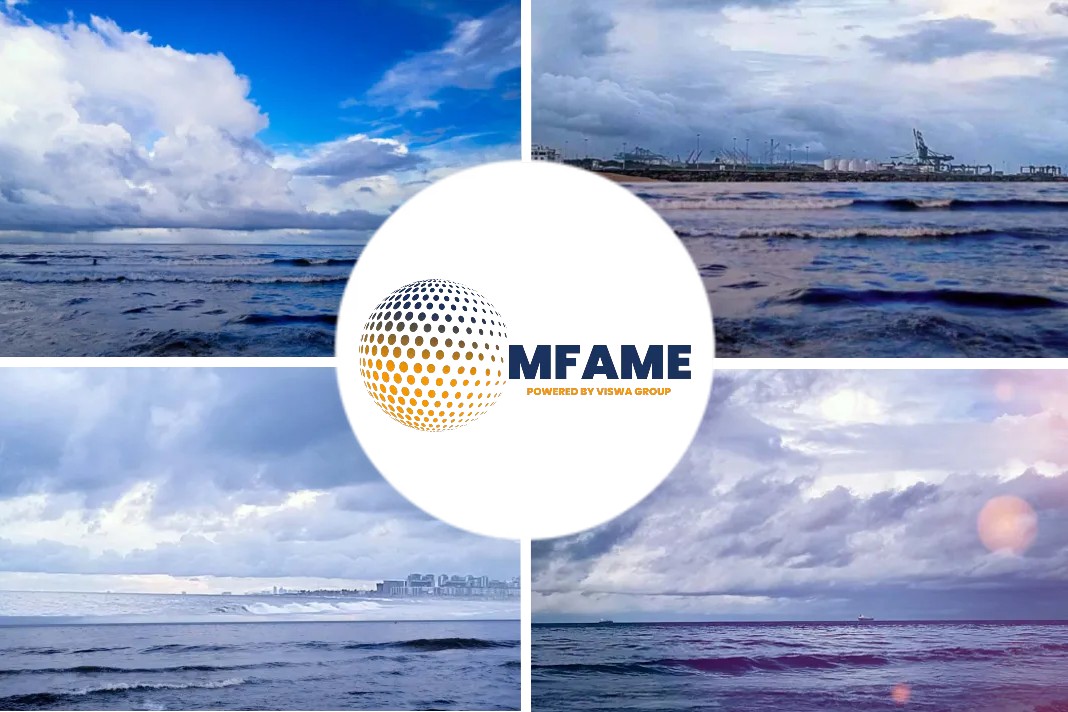While IMO 2020 is expected to bring great benefits to the product tanker market, the geopolitical situation yet could dampen its impact, says an article published in Riviera Maritime Media.
Ship fuels from refinery to port
The general expectation that something momentous will happen in the product tanker market in 2020.
The expectation is due to the need to ship large quantities of low-sulphur fuel, marine diesel oil and/or blended fuels from refinery to port.
IMO 2020 prophecy
This is expected to be proceeded by a firming of rates and the excess of product tankers being absorbed during the second half of 2019.
By the end of the first half of 2019, the signs were positive that the IMO 2020 prophecy would come true.
Attendees of Marine Money Week
Fearnley Securities’ shipping analyst Peder Nicolai Jarlsby led a panel at Marine Money Week in New York in June 2019, to discuss the impact of IMO 2020 on the product tanker fleet.
He was joined by,
- Ardmore Shipping’s chief executive officer Anthony Gurnee,
- d’Amico chief financial officer Carlos Balestra di Mottola,
- Diamond S Shipping’s president and chief executive officer Craig Stevenson Jr., and
- Topships’ chief financial officer Alexandros Tsirikos.
Panel’s 2020 confidence
All the panel expressed confidence in the forthcoming year.
d’Amico
Mr di Mottola was positive due to d’Amico’s position as a transporter of refined products. He noted that the forward price curve for refined products like diesel was showing a higher month-on-month price to the end of 2019.
In his opinion, this will drive up refining throughput as the year progresses and there will be more refined products to transport.
Diamond S Shipping
Diamond S Shipping’s Mr Stevenson Jr was also in no doubt that IMO 2020 was the main driver in the product tanker market. “Shipping loves massive change in a short period of time. It just eats up capacity,” he said.
He noted that the product tanker orderbook was “super-low” and he fully expected his company to maximise the opportunity presented by IMO 2020.
Displacement a positive factor
Another positive factor supporting a product tanker market rally in early 2020 is the displacement of refined products.
IMO 2020 is expected to dislocate up to three million barrels a day of dirty petroleum products (DPP).
Globally, refineries are coming to the end of an exceptionally long maintenance season, which includes retrofits of hydrocrackers to increase runs of middle distillates at the expense of high-sulphur fuel oil.
With such clear signs on the horizon, charterers have moved to secure tonnage. Rates for three-year charters for a scrubber-fitted MR tanker have reached US$18,000/day, according to Topships’ Mr Tsirikos.
Panel’s negative aspects that raised questions
Mr Nicolai Jarlsby wanted to know what those on the panel regarded as the potential negative aspects of IMO 2020’s influence on the product tanker market.
Three main issues cited was sentiment:
- If every owner and operator was expecting a firm market, then there is the possibility of unreasonable expectations.
- Potentially negative aspect is geopolitical: the situation in the Middle East, especially around the Straits of Hormuz, is weighing heavily on the minds of product tankers owners.
- The other geopolitical influence on the product tanker market involves the trade tensions between the US and China.
Glitch in the process
The unknown would be an event that would destroy the expected increase in demand from IMO 2020. The panel felt that this could take the form of a changeover of fuels.
A glitch in the process could reduce supply if vessels struggle to cope with the new blended fuels.
Vessels without scrubbers
Regarding the fuel situation and IMO 2020, those on the panel operating vessels without scrubbers reported their changeover plans will commence in November.
- The use of special additives to speed up tank cleaning was noted.
- Blended fuel will be loaded and carefully monitored in the first few voyages to ensure behavior is in-line with expectations.
Narrow range of sulphur specification
Another owner’s concern was about the narrow range of sulphur specification in blended fuels compared to current high-sulphur residual fuel.
There are indications that blended fuel has a shorter life in terms of stability and could start separating out in the fuel tank, leading to inconsistencies in the fuel system and a potential to fail PSC despite having the right fuel onboard.
Idle vessels
A strict interpretation by PSC from day one could see a significant reduction in product tanker supply if vessels are idle while sorting out fuel issues.
“In the lead up to the end of the year, the bunker stem is going to be more important than the cargo, in terms of getting it right,” said Ardmore Shipping’s Mr Gurnee.
Placing orders
On the supply side, the product tanker sector has one of the lowest orderbooks seen for years.
The owners on the panel felt that while this represented an opportunity, only those with cash or connections to state-supported entities would be able to place orders.
Technical specification
The next best thing would be to buy high-quality young assets from other owners or their newbuilding resales . But is there a foundation to order a product tanker that could be trading for the next 20 years based on an upturn from IMO 2020?
Many thought not, with the biggest problem being the technical specification of a product tanker that could still be trading in 20 years’ time or even five years’ time, given the speed of technological change and the drive to decarbonize shipping.
Without an answer to this fundamental question the owners and operators on the panel were holding back on ordering, despite the positive signs in the market.
Did you subscribe to our daily newsletter?
It’s Free! Click here to Subscribe!
Source: Riviera Maritime Media





















